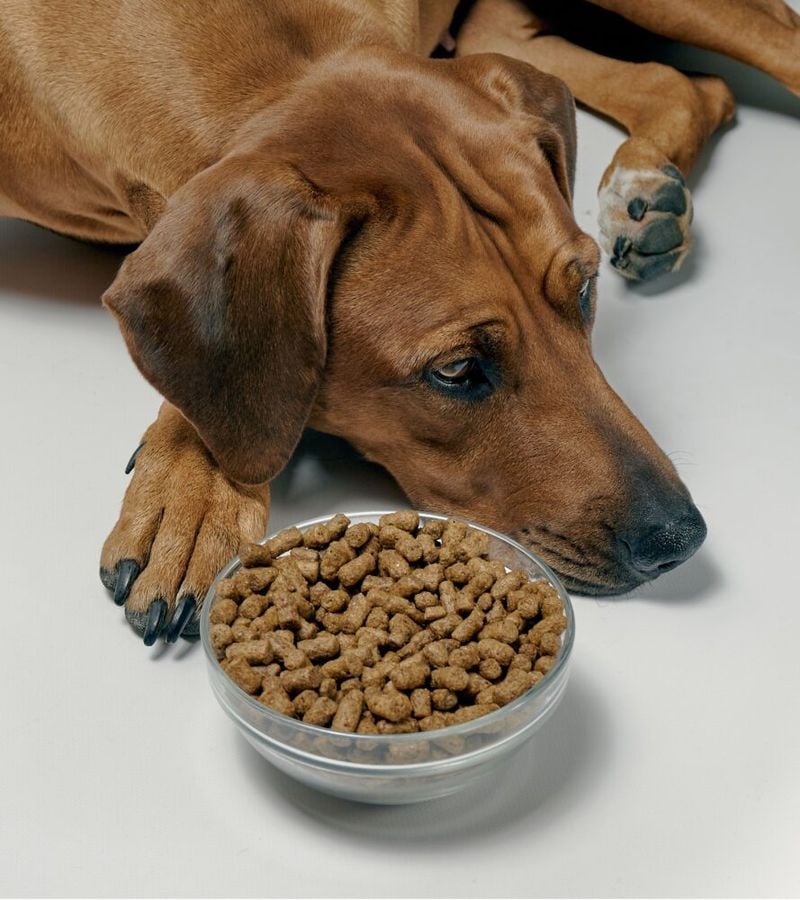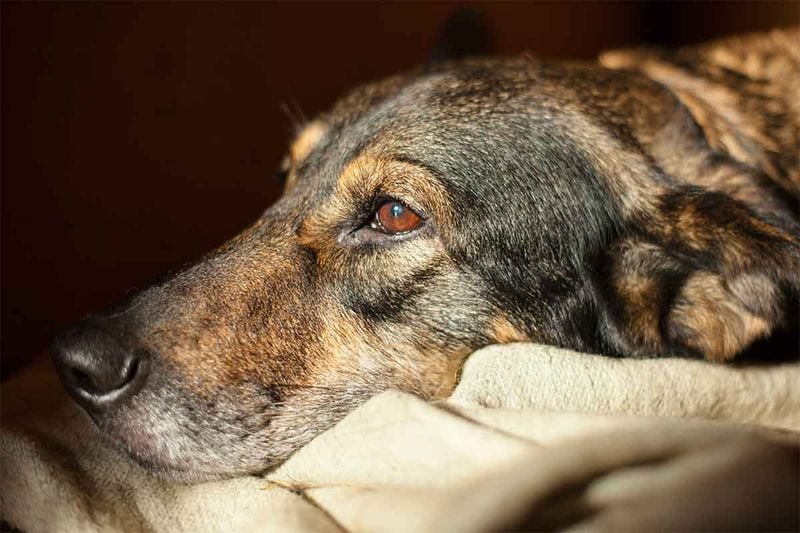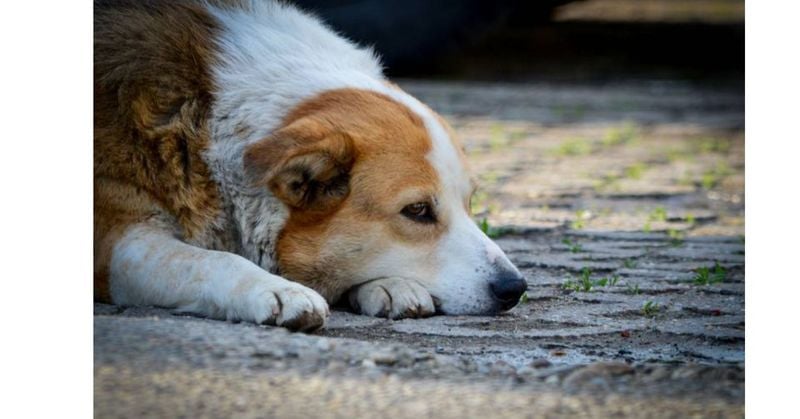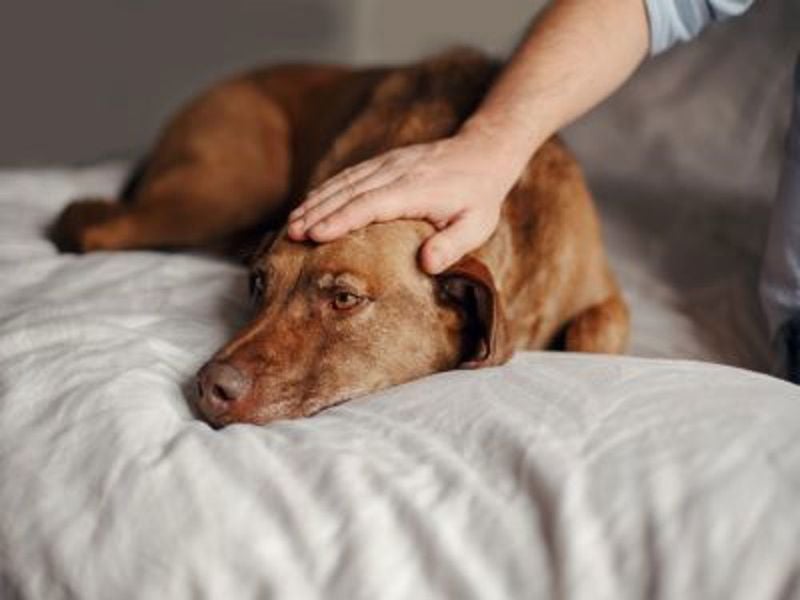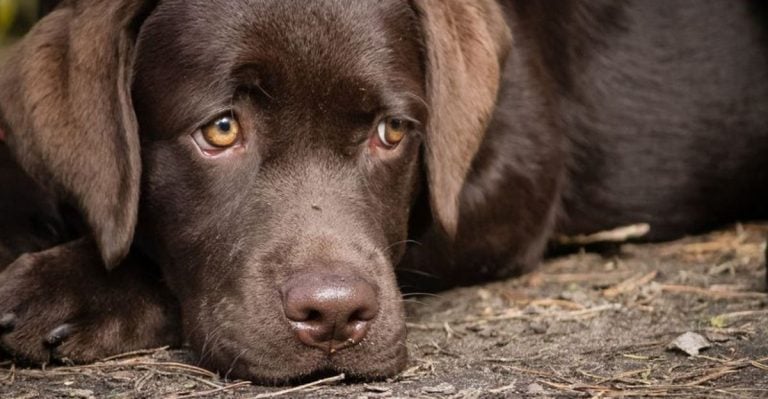6 Signs Your Pet Is Grieving – And 6 Simple Ways to Help
Just like humans, our pets experience grief when they lose a companion—whether it’s another pet, a beloved family member, or even a change in their environment, like a child going off to college. While they may not shed tears the way we do, animals are incredibly intuitive and emotionally sensitive. They notice absences, feel shifts in routine, and can deeply mourn the loss of someone they loved.
The signs of grief in pets are often subtle, but if you know what to look for, they become easier to spot. A pet may stop eating, sleep more than usual, or start acting clingier—or, on the flip side, they might withdraw entirely. These changes aren’t just random behaviors; they’re emotional responses to loss. Understanding this can help you offer the kind of care and comfort they need most.
Whether your dog is pacing around the house searching for their missing playmate, or your cat suddenly hides away in places they never used to, your furry friend may be struggling with feelings of confusion, sadness, or even anxiety. The good news? There are simple, loving ways you can help them heal.
In this guide, we’ll show you how to recognize the telltale signs of grief in pets—and share six supportive things you can do right now to ease their pain and help them through the grieving process.
1. Loss of Appetite Signals Emotional Distress
Many grieving pets suddenly show little interest in mealtime. Your normally food-motivated dog might sniff their bowl and walk away, or your cat might take just a few nibbles before abandoning their meal.
This decreased appetite often happens because emotional distress affects the hunger center in your pet’s brain. Their body essentially goes into a mild state of shock, making food seem unimportant.
If this behavior continues for more than 24-48 hours, contact your veterinarian. While grief-related appetite loss typically resolves as your pet adjusts, prolonged food refusal can lead to serious health complications, especially in cats.
2. Sleep Patterns Reveal Inner Turmoil
Grieving pets often experience dramatic changes in their sleep habits. Your normally energetic pup might suddenly spend hours curled up in their bed, barely moving except to change positions occasionally.
Alternatively, some animals become restless at night, pacing, whining, or unable to settle. This disruption happens because grief affects the stress hormones that regulate sleep cycles.
You might notice your pet sleeping in unusual locations too – perhaps in the deceased companion’s favorite spot or somewhere with lingering scents of the lost loved one. These behaviors typically ease gradually as your pet processes their grief.
3. Social Withdrawal or Clingy Behavior Emerges
After a loss, your pet’s social behavior might shift dramatically in either direction. Some animals withdraw completely, hiding under furniture or spending unusual amounts of time alone in quiet corners of your home.
On the flip side, your previously independent pet might suddenly become your shadow, following you everywhere and showing distress when you’re out of sight. Both reactions stem from the same place – your pet is trying to process confusing emotions and find security in a world that suddenly feels different.
These attachment changes are normal grief responses, though extreme versions may require professional guidance if they persist for many weeks.
4. Vocal Changes Express Emotional Pain
Your normally quiet pet might suddenly become quite talkative during grief. Dogs may howl, whine, or bark more frequently, especially in areas where they used to interact with their lost companion.
Cats often display increased meowing or yowling, particularly at night. These vocalizations represent your pet’s attempt to call for their missing friend or express their emotional distress.
Some pets go the opposite direction, becoming eerily silent. A previously chatty parrot or vocal cat might stop their usual communications entirely. This vocal shutdown reflects the energy-conserving aspect of grief, as your pet withdraws to process their emotions.
5. Searching Behaviors Reveal Confusion
One of the most heartbreaking signs of pet grief is searching behavior. Your dog might systematically check all the spots where their companion used to nap, or your cat may repeatedly investigate the carrier that took their friend to that final vet visit.
Some pets will sniff around doorways or windows, as if expecting their friend to return at any moment. This searching happens because animals don’t understand permanent absence the way humans do.
You might also notice your pet carrying around toys or items that belonged to their companion. These behaviors typically decrease over time as your pet gradually adjusts to the new normal of their environment.
6. Unexpected Household Accidents Signal Distress
Even well-trained pets may suddenly forget their house training when grieving. Your perfectly potty-trained pooch might start having accidents indoors, or your litter-box-perfect cat might begin eliminating in inappropriate places.
Some grieving pets develop destructive behaviors too – chewing furniture, scratching walls, or shredding items that carry the scent of their lost companion. These behaviors aren’t spite or regression – they’re stress responses as your pet processes complex emotions.
Marking behaviors might increase as well, as your pet attempts to reestablish territory patterns disrupted by the absence of their friend. Patience and compassion are key during this challenging phase.
Now that you know what grief can look like in pets, here are six compassionate ways to help them cope and start to heal.
1. Consistent Routines Create Healing Structure
When grief disrupts your pet’s world, maintaining regular schedules becomes crucial for recovery. Keep mealtimes, walks, play sessions, and bedtimes as consistent as possible, even if your pet seems disinterested at first.
This predictability provides security when everything else feels chaotic to your pet. Their internal clock still expects certain activities at certain times, and meeting these expectations helps restore a sense of normalcy.
While maintaining structure, avoid introducing major changes like home renovations or new pets too soon. Your grieving companion needs time to adjust to their loss before facing additional transitions that might overwhelm their already taxed emotional resources.
2. Comfort Without Reinforcing Sadness
Offering comfort to your grieving pet requires a delicate balance. Provide extra attention through gentle petting, soft talking, or simply sitting nearby, but be careful not to reward depressed behaviors.
For example, if your dog seems sad, invite them for a walk or play session rather than just petting them while they lie around. This approach acknowledges their feelings while encouraging healthy activities.
Physical contact releases oxytocin – the bonding hormone that reduces stress for both you and your pet. Even just five minutes of gentle massage along your cat’s back or behind your dog’s ears can significantly lower their cortisol levels and provide emotional relief during grief.
3. Physical Activity Releases Healing Endorphins
Exercise works as natural medicine for grieving pets, releasing mood-boosting endorphins that counter depression. Your sad dog might initially resist walks, but gentle encouragement usually leads to improved mood once they’re moving.
For cats, interactive play with wand toys or laser pointers can break through grief-induced lethargy. Even five minutes of play several times daily can make a significant difference in their emotional state.
Swimming, hiking in new locations, or exploring a different dog park might provide beneficial mental stimulation alongside physical exercise. These novel experiences create positive associations that help your pet form new neural pathways beyond their grief.
4. New Social Connections Foster Healing
While no pet can replace another, new social interactions can help your grieving companion rediscover joy. Arrange playdates with friendly, calm animals who match your pet’s energy level and play style.
For dogs, consider visiting a quiet dog park during off-hours or walking with a neighbor’s compatible dog. Cats might enjoy watching bird feeders through windows or supervised porch time if they’re indoor pets.
Some animal shelters offer socialization programs where your pet can interact with others in controlled settings. These new connections don’t erase your pet’s bond with their lost companion but provide fresh social experiences that help their brain create positive associations again.
5. Mental Enrichment Redirects Negative Emotions
Puzzle toys, snuffle mats, and food-dispensing balls can work wonders for a grieving pet by redirecting their focus to problem-solving. These activities engage their brain in positive ways, temporarily lifting the fog of grief.
Try hiding treats around your home for your dog to find, or create cardboard box tunnels for your cat to explore. Teaching a new trick provides mental stimulation while strengthening your bond during this sensitive time.
Rotation is key – introduce new enrichment items every few days to maintain interest. Even simple changes like feeding meals in different locations or taking alternate walking routes can provide the novelty that helps break unhealthy thought patterns in your grieving pet.
6. Professional Support Addresses Severe Grief
When pet grief persists beyond a few weeks with no improvement, professional help may be necessary. Your veterinarian can rule out physical illness that might mimic or worsen grief symptoms and recommend appropriate interventions.
Some pets benefit from short-term anti-anxiety medications that help them through the most intense period of grief. Veterinary behaviorists specialize in complex emotional issues and can develop customized treatment plans for severely affected animals.
Animal communicators and pet grief counselors offer alternative support options that many pet parents find helpful. Whatever approach you choose, remember that seeking help isn’t overreacting – prolonged grief can significantly impact your pet’s health and quality of life.

